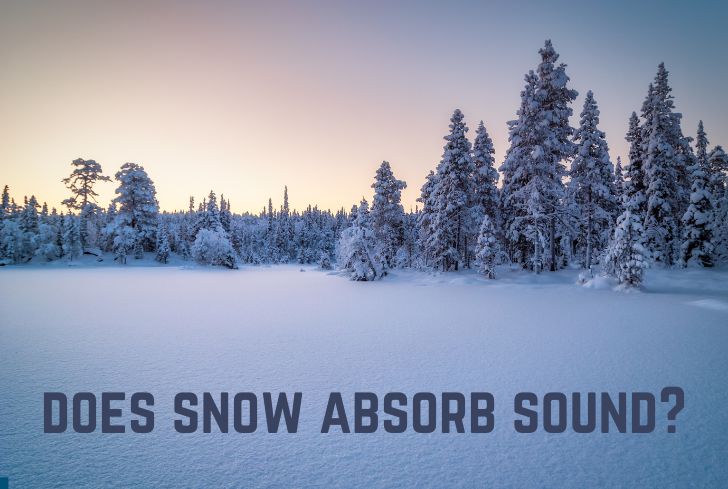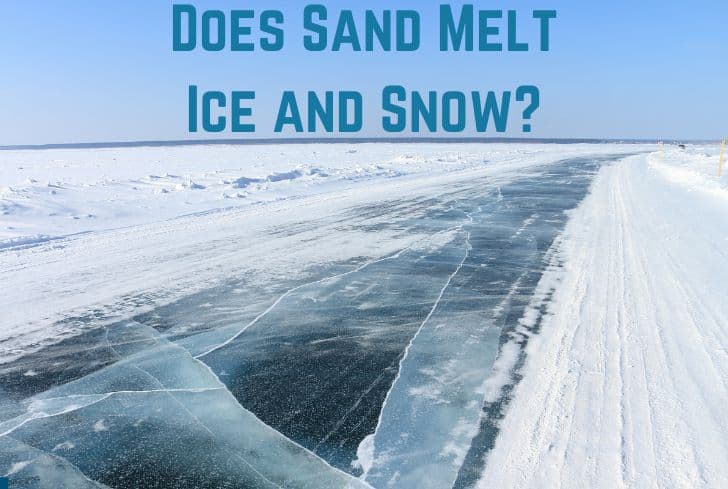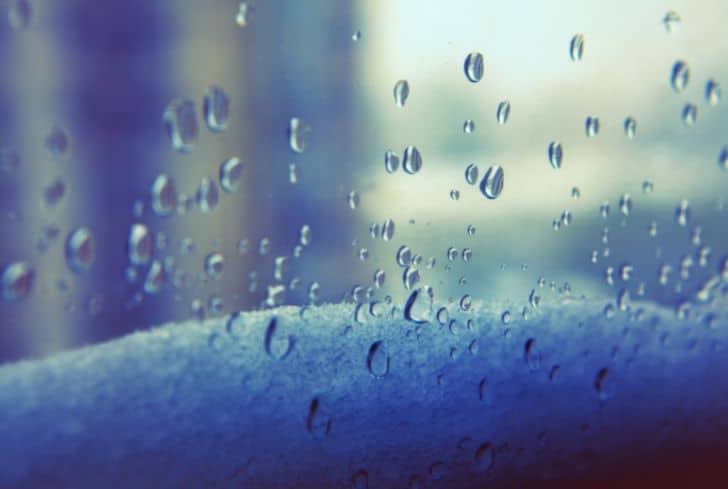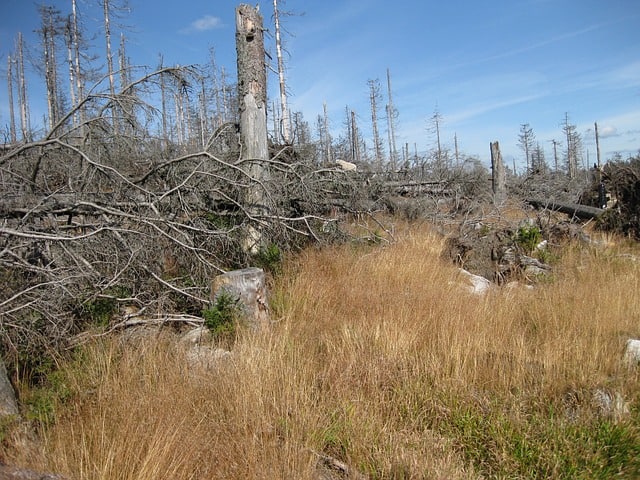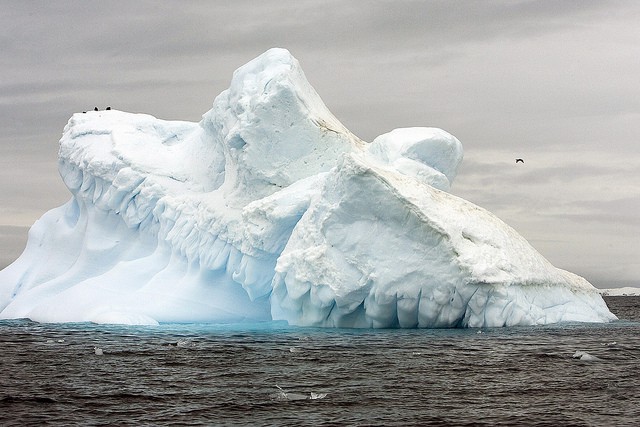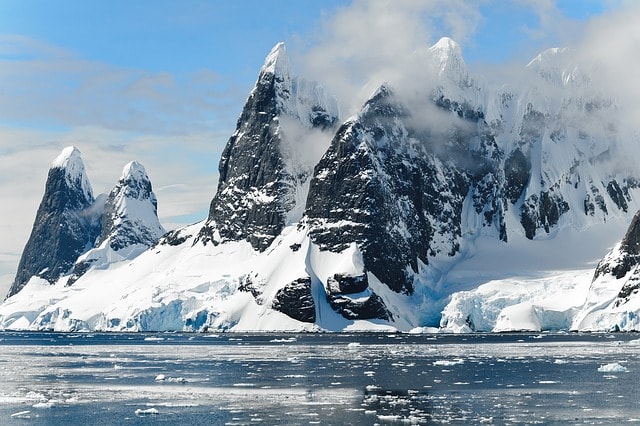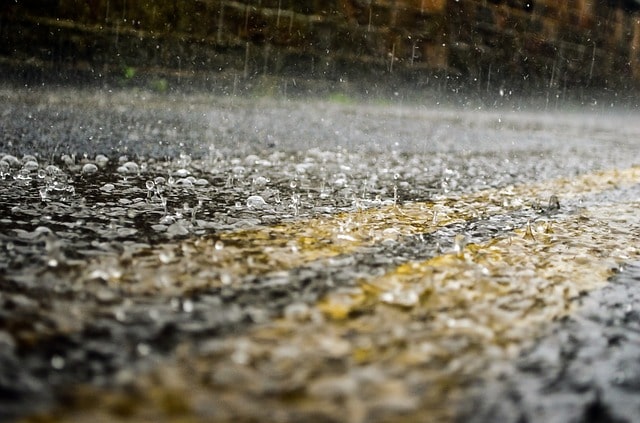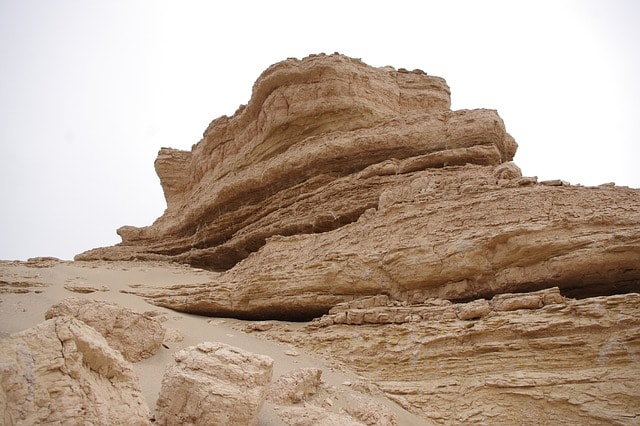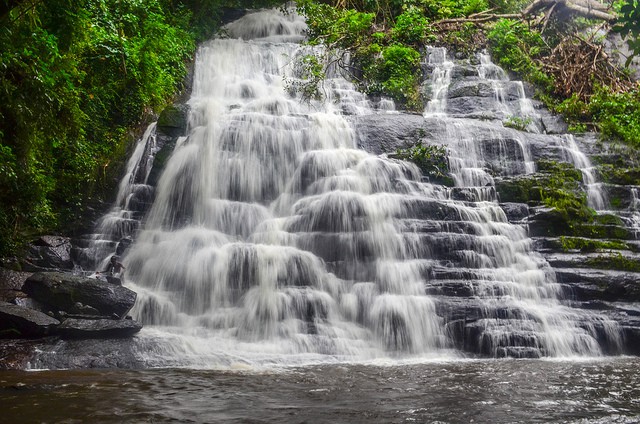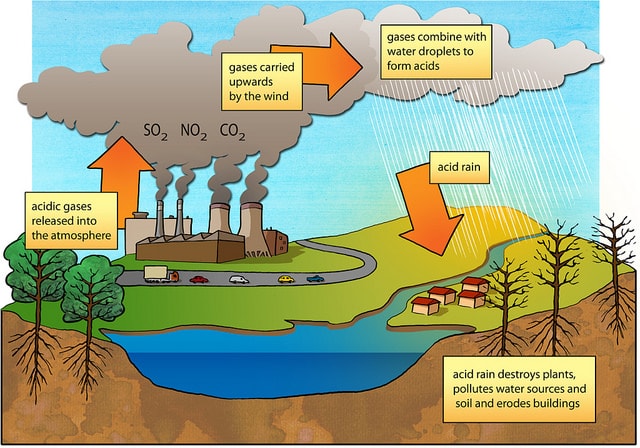Does Snow Absorb Sound? (And Light and Heat?)
Waking up to snow is a pleasant surprise for everyone as we do not even realize when the blanket of white has set and winter has arrived. This has made a lot of people wonder why snow makes everything silent just as softly as it falls. The question arises – is snow a soundproof material…

